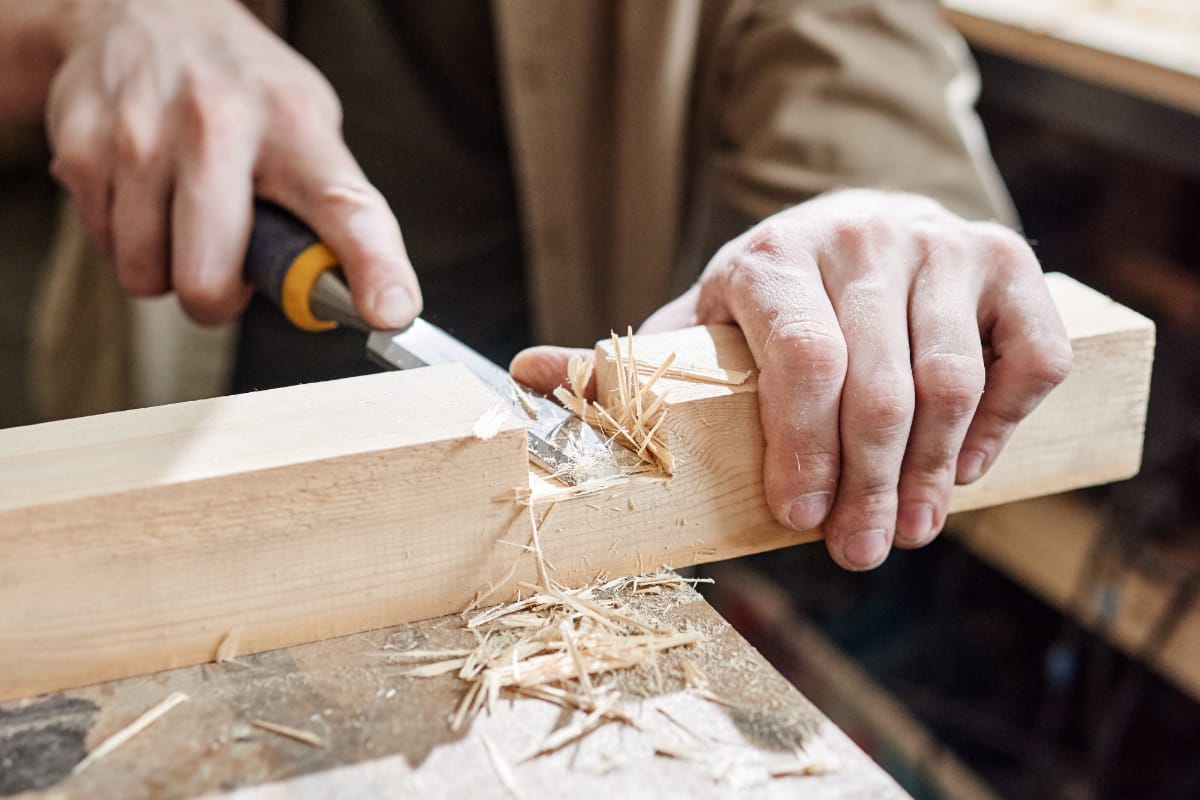Woodworking is both an art and a science, requiring skill, patience, and precision. Whether you’re crafting furniture, decorative pieces, or functional items, achieving perfection in woodworking can seem elusive. However, with the right techniques, tools, and mindset, you can consistently produce high-quality results. In this article, we’ll explore the secrets to perfect woodworking every time.
Understanding the Basics of Woodworking
Before diving into advanced techniques, it’s essential to master the basics of woodworking. This includes understanding the types of wood, the tools needed, and fundamental skills. Choosing the right wood for your project can make a significant difference in the final outcome. Hardwoods like oak, maple, and walnut are durable and ideal for furniture, while softwoods such as pine and cedar are easier to work with for decorative projects. Knowing your wood ensures better results and minimizes mistakes.
Tool knowledge is equally important. Essential woodworking tools include saws, chisels, planes, sanders, clamps, and measuring instruments. A craftsman who understands the proper use of each tool can work efficiently and accurately. Learning proper techniques for measuring, cutting, and joining wood is a cornerstone of successful woodworking.
The Importance of Planning Your Project
One of the biggest secrets to perfect woodworking is thorough planning. Before touching a single piece of wood, you should have a clear blueprint of your project. This includes sketches, measurements, and a detailed list of materials. Planning helps you anticipate challenges and ensures that all pieces fit together seamlessly.
Additionally, planning reduces waste. Cutting and sanding wood incorrectly can lead to costly mistakes, but with a well-thought-out plan, every cut and adjustment is intentional. Planning also allows you to visualize the finished product and make adjustments in the design phase rather than during assembly.
Precision and Measurement
Precision is at the heart of perfect woodworking. Accurate measurements and careful marking can make the difference between a professional-looking project and one that feels amateur. Always double-check your measurements before cutting or joining pieces. Using tools like combination squares, marking gauges, and calipers can help maintain consistency.
Remember that even a small error can compound over multiple pieces, leading to misaligned joints and uneven surfaces. Taking the time to measure carefully ensures that every piece fits perfectly and contributes to the overall quality of your work.
Mastering Joinery Techniques
Joinery is another secret to flawless woodworking. The strength and aesthetics of your project depend on how well the pieces are joined together. Popular joinery techniques include dovetail joints, mortise and tenon, finger joints, and biscuit joints. Each technique serves a specific purpose and can enhance both the durability and appearance of your work.
Practicing joinery techniques is crucial. A poorly executed joint can weaken the entire structure and compromise the project’s finish. Perfecting these skills takes time, but it is essential for achieving professional-level woodworking.
Sanding and Finishing
Even if your cuts and joints are perfect, improper sanding or finishing can ruin the final appearance of your project. Sanding smooths the wood, removes imperfections, and prepares it for finishing. Start with coarse-grit sandpaper and gradually move to finer grits for a silky surface. Always sand along the grain to avoid scratches.
Finishing protects the wood and enhances its natural beauty. Options include stains, oils, varnishes, and lacquers. The right finish depends on the project and the type of wood used. Applying multiple thin coats rather than a single thick coat ensures a smooth, even finish. Attention to detail in sanding and finishing can elevate your woodworking from good to exceptional.
Maintaining a Clean and Organized Workshop
A clean, organized workshop is essential for consistent woodworking results. Tools should have a designated place, and the workspace should be free of debris. Clutter can lead to mistakes, accidents, and wasted time searching for tools.
Organization also extends to material storage. Properly storing wood in a dry, level environment prevents warping and damage. A well-maintained workspace promotes focus, efficiency, and precision, all of which contribute to perfect woodworking.
Continuous Learning and Practice
Woodworking is a skill that improves with practice and continuous learning. New techniques, tools, and materials are constantly emerging, and staying updated can enhance your craftsmanship. Attend workshops, watch tutorials, and learn from experienced woodworkers to expand your knowledge.
Practice is equally important. Perfection doesn’t come overnight, but consistent effort helps refine your skills. Start with small projects and gradually tackle more complex pieces. Each project teaches valuable lessons that contribute to future success.
Patience and Mindset
Perhaps the most overlooked secret to perfect woodworking is patience. Rushing through a project often leads to mistakes and a subpar result. Take your time with each step, from measuring to cutting, joining, and finishing.
A positive, focused mindset also impacts the quality of your work. Woodworking requires attention to detail and problem-solving. Approaching each project with patience, curiosity, and determination allows you to overcome challenges and achieve excellent results consistently.
Using Technology to Enhance Woodworking
Modern woodworking can benefit from technology. Tools like CNC machines, laser cutters, and digital measuring devices improve precision and efficiency. Even traditional hand tools can be complemented with digital jigs and guides to ensure perfect cuts and alignment. Integrating technology doesn’t replace skill but enhances your ability to achieve perfection every time.
Conclusion
The secret to perfect woodworking lies in a combination of knowledge, precision, planning, and mindset. Understanding your materials, mastering tools, practicing joinery, and focusing on finishing are all critical components. Maintaining an organized workspace, embracing continuous learning, and cultivating patience further elevate your woodworking projects.
By consistently applying these principles, any woodworker can transform their skills and achieve flawless results. Whether you are a hobbyist or a professional, these secrets provide the foundation for creating beautiful, durable, and perfect woodworking projects every time.
